Congenital Ichthyosis – Market outlook, Epidemiology, Competitive Landscape, and Market Forecast Report – 2021 To 2032
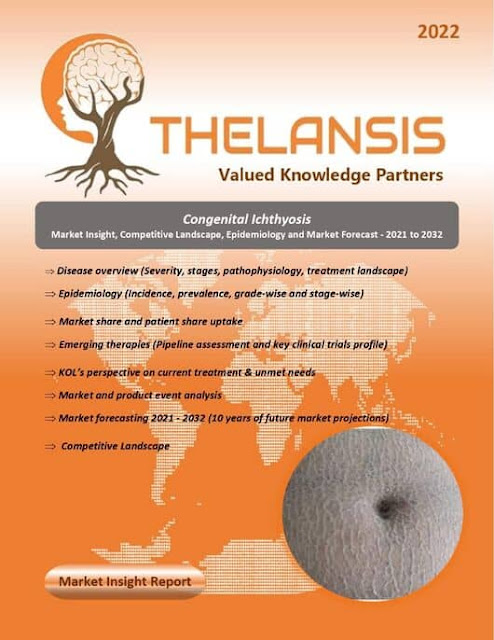
Congenital recessive ichthyoses are a heterogeneous group of disorders characterized clinically by scaling of the skin and histologically by the presence of a thickened stratum corneum. Most mutations are found in the TGM1 gene encoding transglutaminase 1, involved in forming the epidermal cornified cell envelope. ABCA12 encodes an ATP-binding cassette (ABC) transporter, involved in lipid transport, and ALOX12B, ALOXE3, and CYP4F22 code, respectively, for arachidonate 12(R)-lipoxygenase, arachidonate lipoxygenase-3, and cytochrome P450 protein, all involved in lipid metabolism. Symptoms include abnormally red, dry, and rough skin with large or fine white scales. The scales' appearance can vary; in some forms, the scales are fine and white, while in others, the scales are dark and brown, separated by deep cracks. The skin is also irritated. The skin on the palms of the hands and the soles of the feet can be very thick. Other complications can arise from more severe cases of ichthy

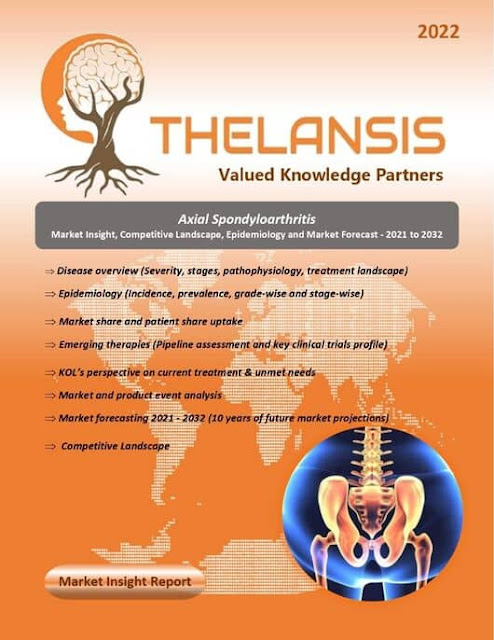
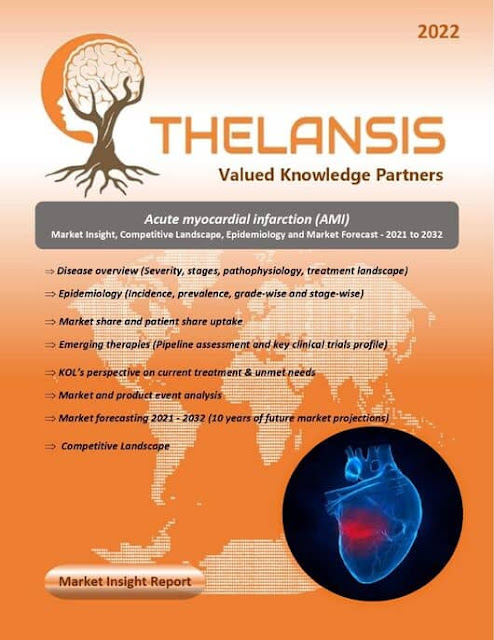
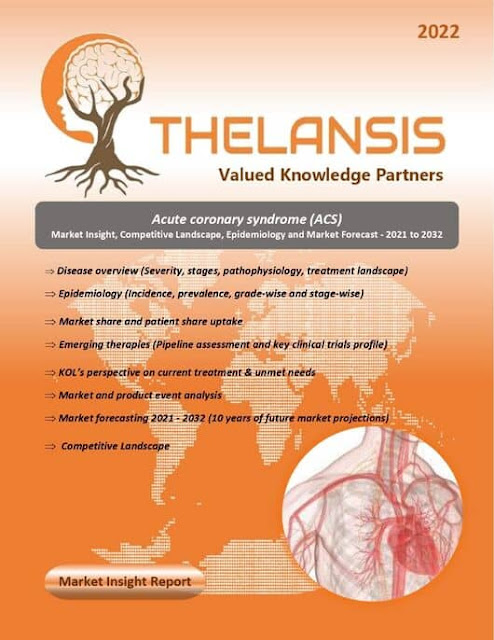

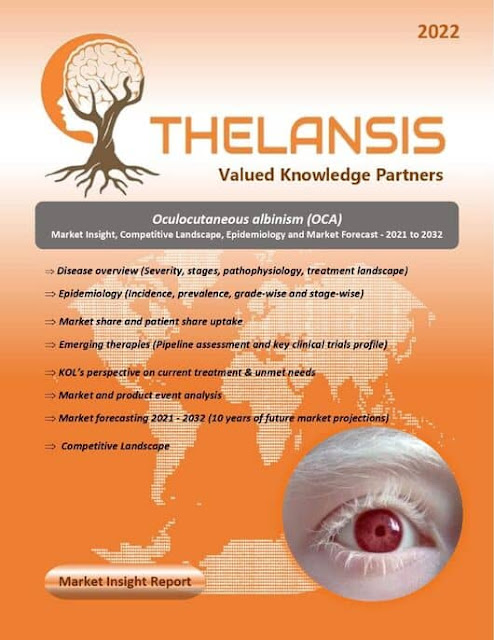
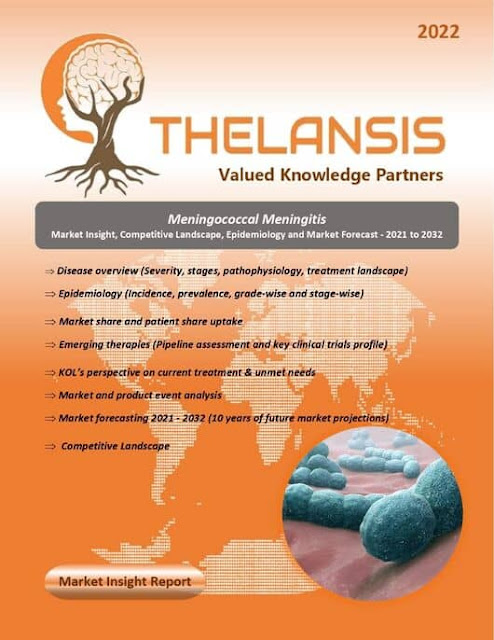
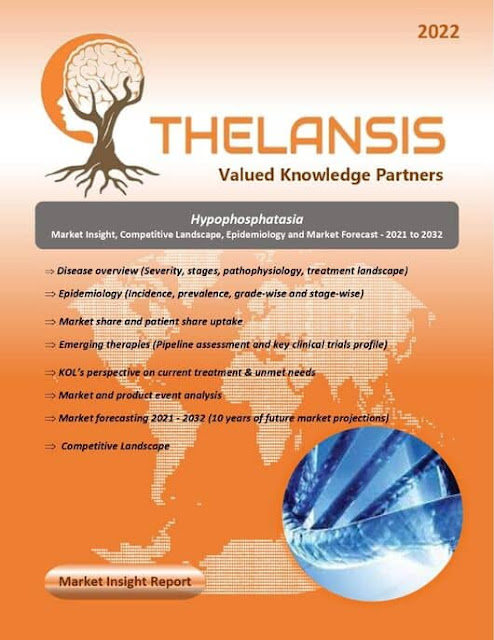
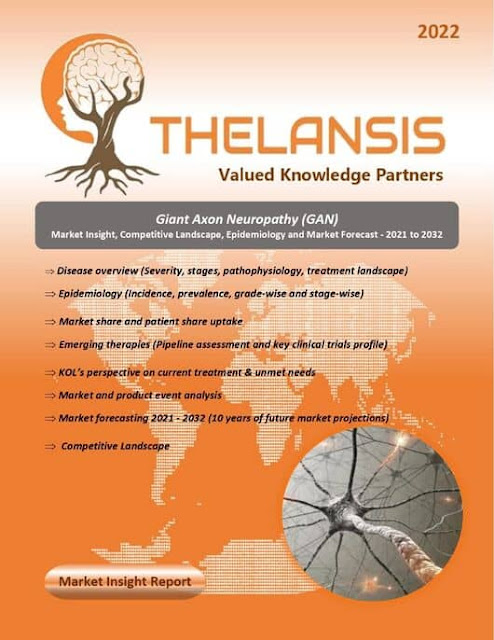
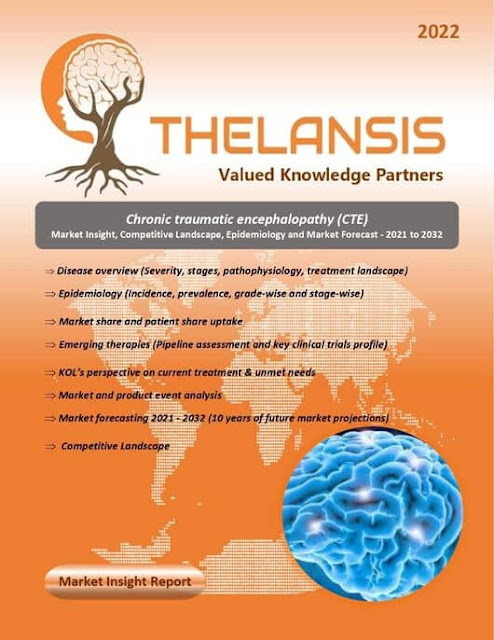


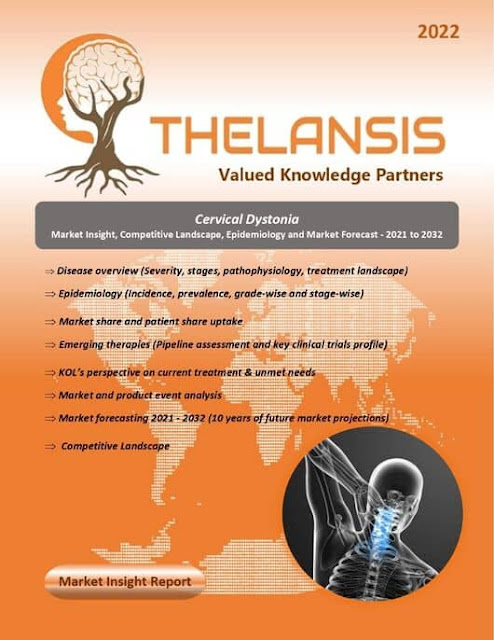


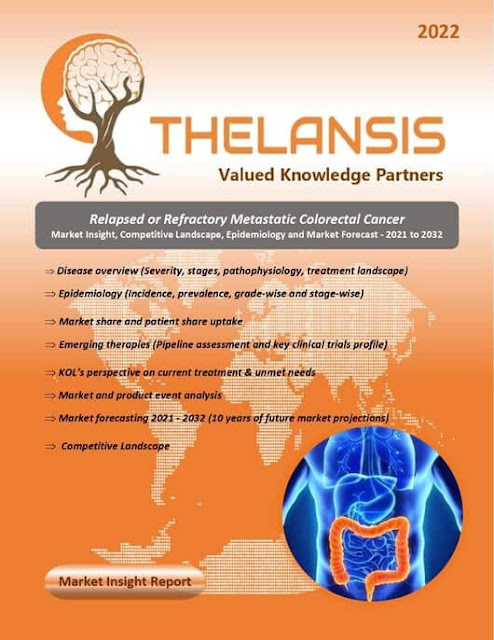
.jpg)


.jpg)
